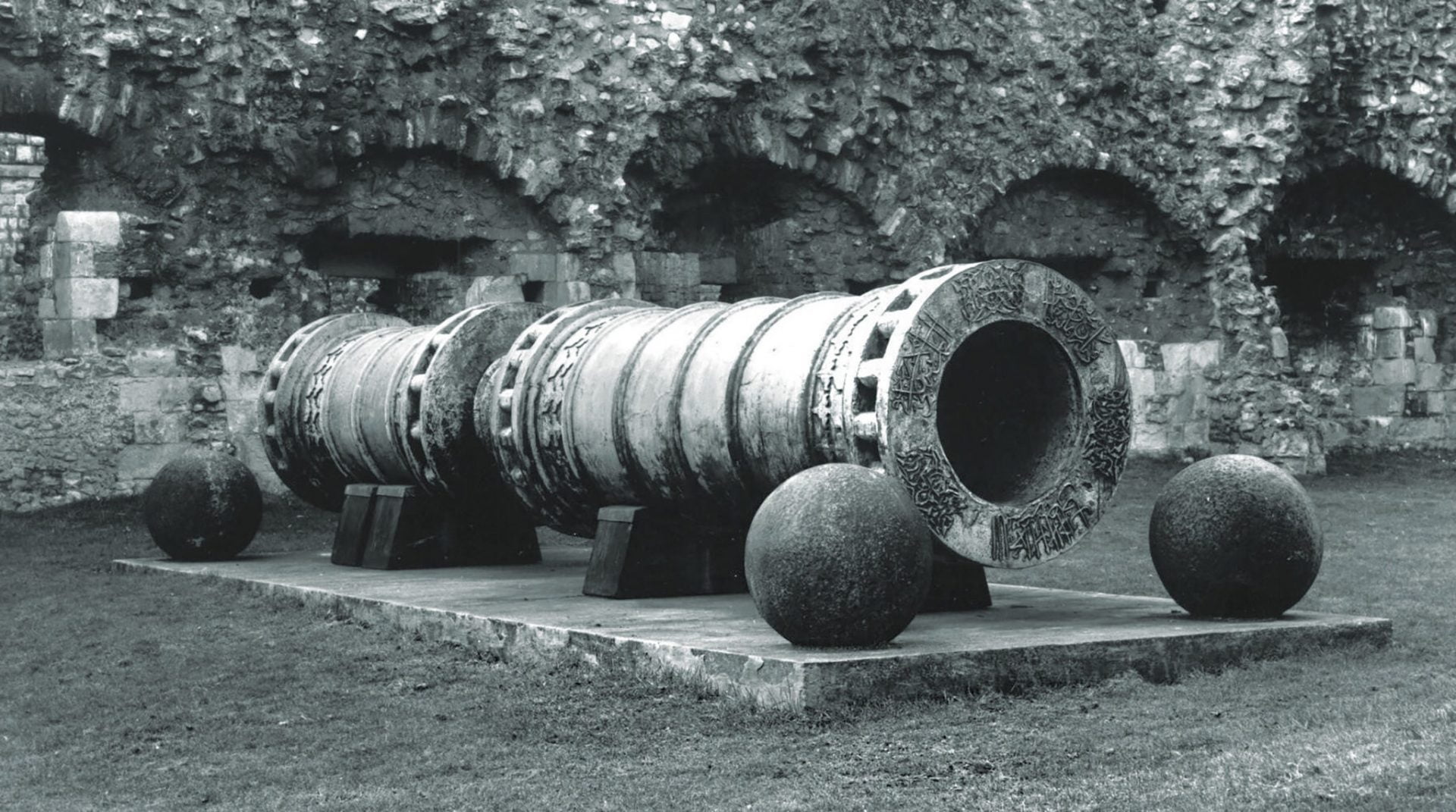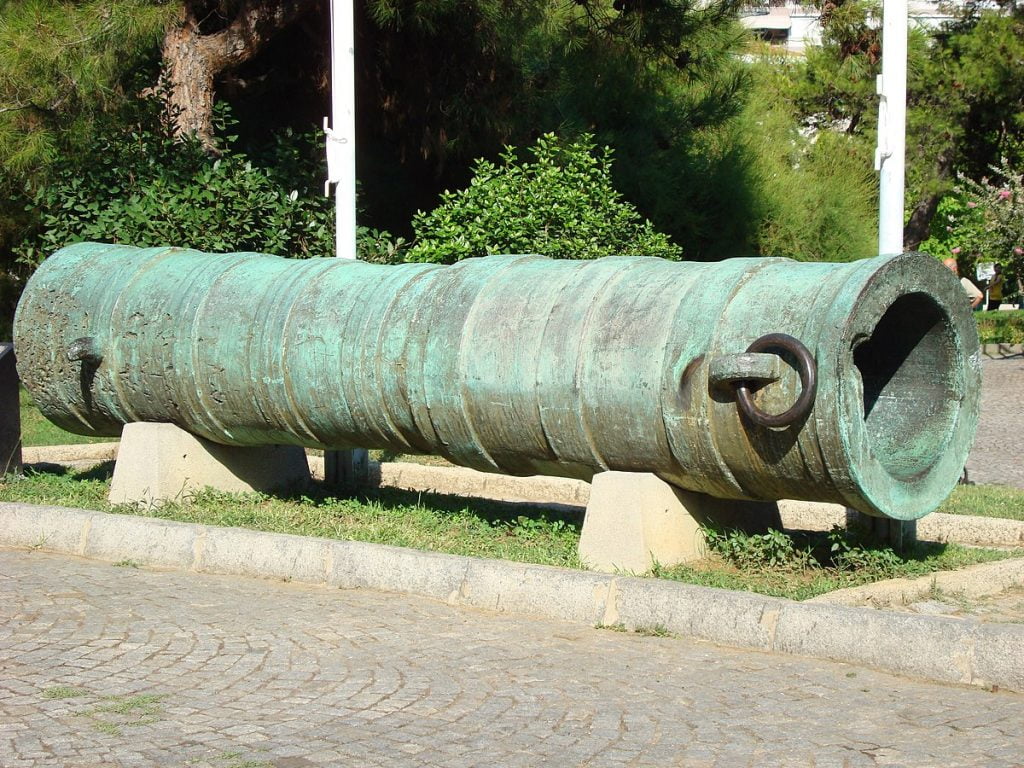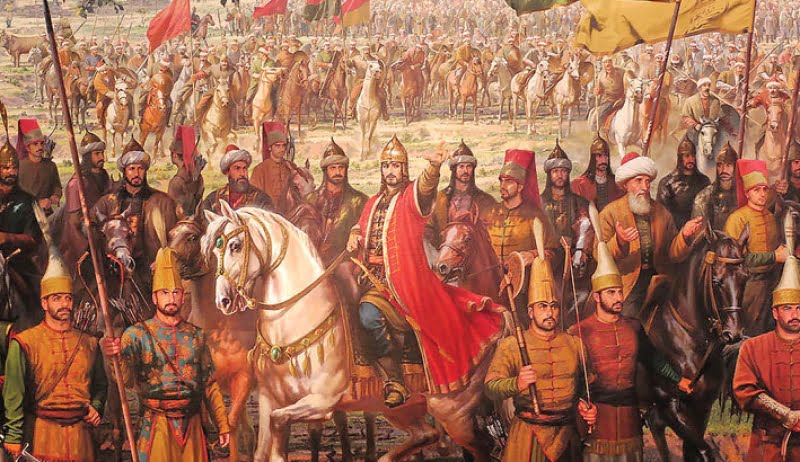The Great Turkish Bombard: A Tale of Mehmed the Conqueror
Learn how the Great Turkish Bombard breached the ancient walls of Constantinople, leading to the rise of the Ottoman Empire and the dawn of a new era

It was a brisk morning at some time in the spring of 1453 when tension could be felt in the air around the ancient city of Constantinople. This was one of the most marvelous cities the world had ever known, the capital of the Byzantine Empire. Mehmed II, or Mehmed the Conqueror, had laid siege to this majestic city. His ambition was nothing less than gigantic: taking control of Constantinople and turning the Ottoman Empire into a superpower.
Mehmed II: The Young Sultan
Mehmed, only 21 years of age, had planned every single detail of the campaign with the precision of a watchmaker. His strategy, together with military innovations, was going to unleash a storm that would change the world.
The Great Turkish Bombard: A Marvel of Engineering
In 1453, the Ottoman Turks under Mehmed II had conquered virtually all of Anatolia, present-day Turkey. The last vestige of the Eastern Roman Empire held out in the ancient city of Constantinople. Constantine XI’s weary defenders — approximately 8,000 — prepared to face an Islamic army roughly ten times their size. Nevertheless, they were confident: the legendary, monumental Walls of Theodosius had resisted many, many sieges in their thousand-year history. Why would Mehmed’s Turks be any different?
The previous year, a Hungarian engineer named Orban had offered his services to Emperor Constantine. The cash-strapped Byzantine Emperor snubbed him, unknowingly sending him right into the hands of their besieger. Mehmed, daunted by Constantinople’s defenses, eagerly hired Orban, who promised him a gun that could shatter “the very walls of Babylon itself.”

Orban’s bronze bombard required 200 men and 60 oxen simply to reach the gates of Constantinople, not to mention transporting cannonballs which could weigh up to a thousand pounds apiece, propelled by 50 pounds of gunpowder. The gun took three hours to cool between firings, and on several occasions the massive recoil broke its supports, crushing operators beneath it.
In truth, Mehmed’s mid-sized cannons proved more reliable. But when the smoke cleared, Constantinople’s seemingly invulnerable walls had fallen. The results spoke for themselves. As castles across Europe and Asia crumbled under the might of advancing gunpowder technology, the age of massive stone fortifications came to an end.
The Dardanelles Gun was made in 1464, modeled after the Basilica Gun, which cracked and burst during the weeks-long siege of Constantinople. It would remain in active service through the 19th Century, successfully repelling a British fleet approaching Istanbul in 1807. It was later given as a gift to Queen Victoria in 1866.
Mehmed Fatihler Sultani
For those interested in the detailed history of Mehmed II, the Turkish series “Mehmed: Fatihler Sultani” on TRT1 offers a dramatic portrayal of his life and conquests. You can read more about his great cannon, the Great Turkish Bombard, on osmanonline.club. Visit us on OsmanOnline.live
FAQs
- What was the Great Turkish Bombard?
The Great Turkish Bombard was a colossal cannon used by Mehmed the Conqueror during the siege of Constantinople in 1453. It was capable of hurling 600-pound stone balls over a mile. - Who created the Great Turkish Bombard?
The Great Turkish Bombard was crafted by Orban, a Hungarian engineer, specifically for Mehmed II’s siege of Constantinople. - Why was the fall of Constantinople significant?
The fall of Constantinople marked the end of the Byzantine Empire and the rise of the Ottoman Empire as a dominant power in both Europe and Asia. It also signified a major shift in the balance of power in the region. - How did Mehmed II prepare for the siege of Constantinople?
Mehmed II prepared meticulously by amassing a large army and innovative weapons, including the Great Turkish Bombard, which played a crucial role in breaching the city’s walls. - What was the impact of the Great Turkish Bombard on warfare?
The Great Turkish Bombard showcased the potential of large artillery in sieges, leading to advancements in military engineering and changes in fortification designs in response to such powerful weapons. - What title did Mehmed II earn after the conquest of Constantinople?
Mehmed II earned the title “Fatih,” which means “The Conqueror,” following his successful capture of Constantinople.
Conclusion
The story of Mehmed the Conqueror and the Great Turkish Bombard is a powerful reminder of how ambition and innovation can change the course of history. Mehmed’s victory over Constantinople not only expanded the Ottoman Empire but also demonstrated the transformative power of technological advancements in warfare. This tale continues to inspire and captivate, underscoring the enduring impact of visionary leadership and engineering marvels.





